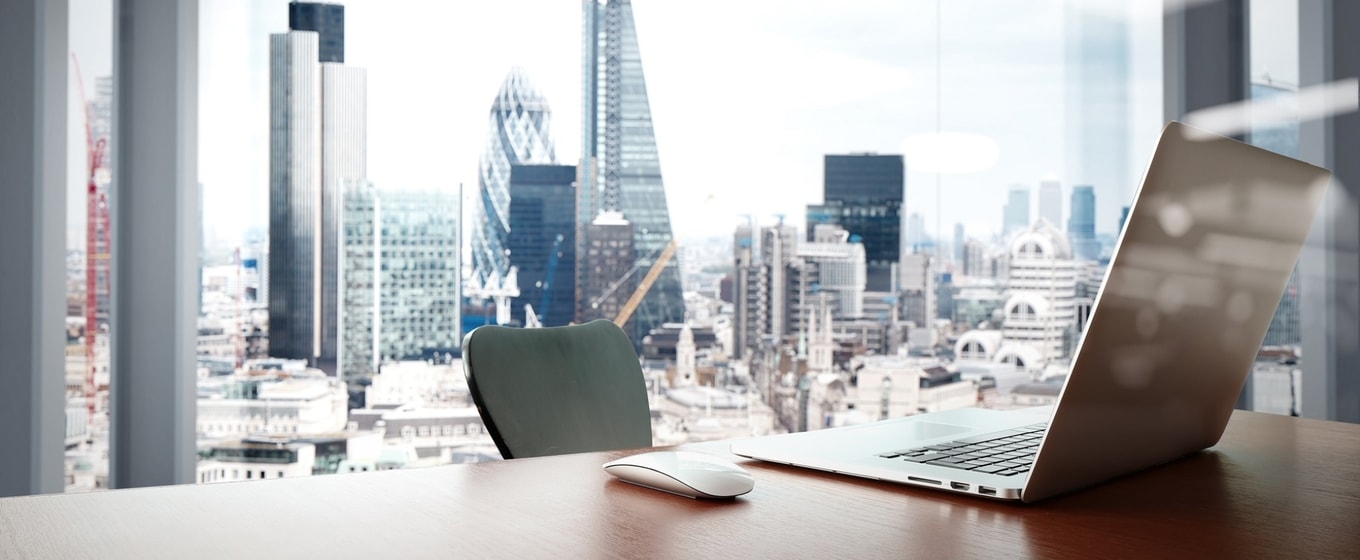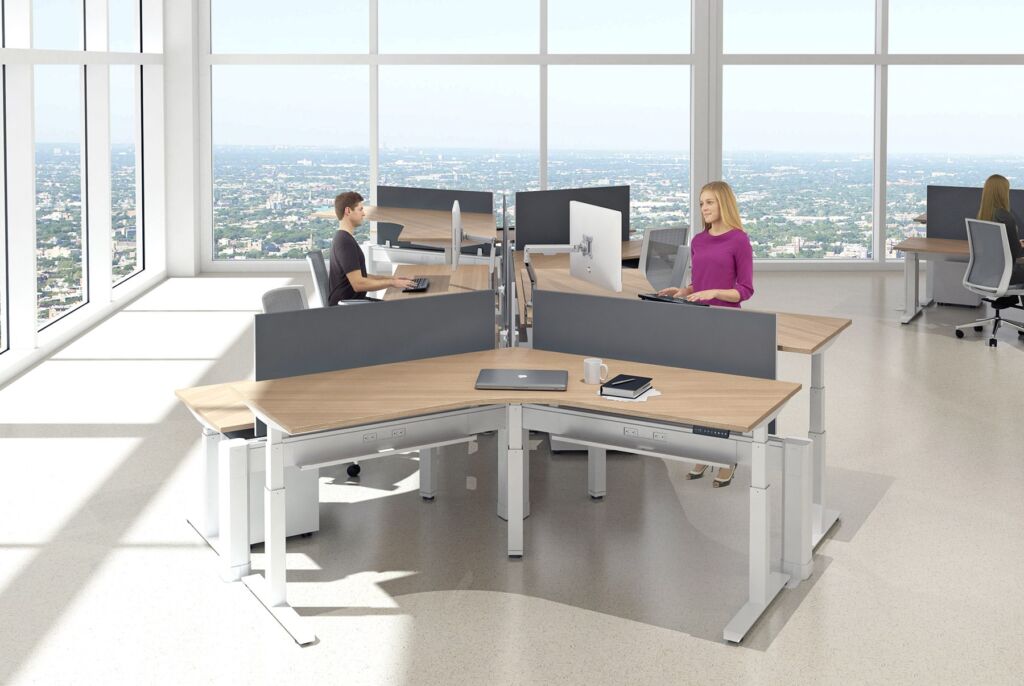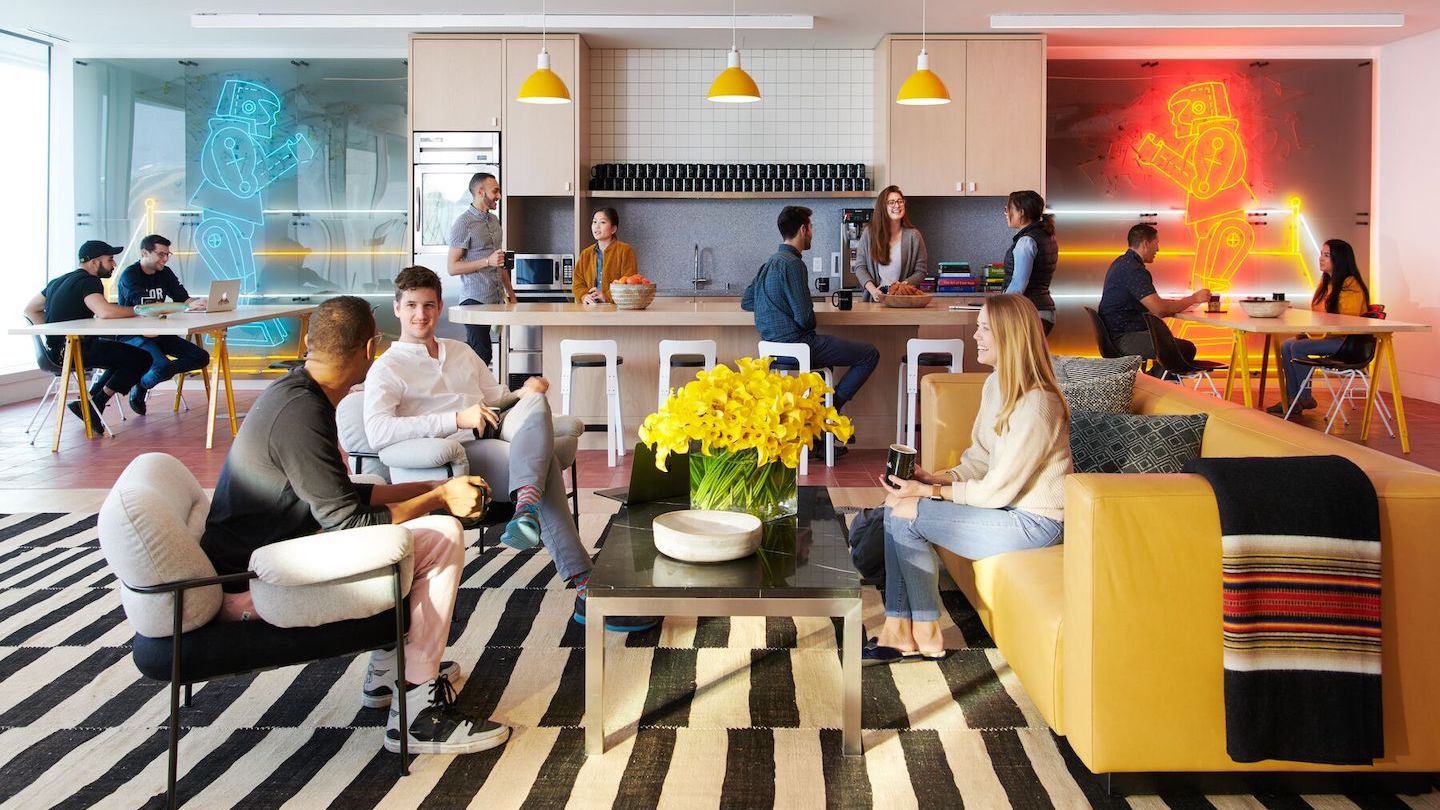“Energize Your Space: Designing a Workspace for Productivity and Well-being
Artikel Terkait Energize Your Space: Designing a Workspace for Productivity and Well-being
- Beyond The Flat: Embracing The Dimension Of 3D Wall Decor
- Breathing New Life Into The Past: The Enduring Appeal Of Reclaimed Wood Furniture
- Green Home Design: Building A Sustainable Sanctuary
- Embracing Tranquility: A Guide To Asian-Inspired Home Decor
- Beyond The Walls: A Comprehensive Guide To Wall And Ceiling Decor
Table of Content
Video tentang Energize Your Space: Designing a Workspace for Productivity and Well-being
Energize Your Space: Designing a Workspace for Productivity and Well-being

The modern workspace is no longer just a place to clock in and out. It’s a dynamic ecosystem where creativity blooms, collaboration thrives, and employees spend a significant portion of their lives. Creating an energetic workspace, one that fosters productivity, well-being, and a sense of purpose, is no longer a luxury; it’s a necessity for attracting and retaining top talent and achieving sustainable business success.
This article delves into the core principles of energetic workspace design, exploring how to transform your office into a vibrant and inspiring environment that fuels employee engagement and drives positive results.
Understanding Energetic Workspace Design
Energetic workspace design goes beyond aesthetics. It’s a holistic approach that considers the physical, psychological, and emotional needs of employees. It’s about creating a space that:
- Stimulates Creativity: Fosters innovation and encourages out-of-the-box thinking.
- Enhances Collaboration: Facilitates seamless teamwork and communication.
- Promotes Well-being: Reduces stress, improves focus, and supports physical and mental health.
- Reflects Company Culture: Reinforces brand values and creates a sense of belonging.
- Adaptable and Flexible: Accommodates diverse work styles and evolving needs.

Key Elements of an Energetic Workspace
Creating an energetic workspace requires a multi-faceted approach. Here are some key elements to consider:
1. Lighting: The Spark of Inspiration
Lighting is arguably the most critical element in shaping the mood and energy of a workspace.

- Natural Light is King: Maximize access to natural light. Position desks near windows, use glass partitions to allow light to permeate deeper into the space, and consider skylights if possible. Natural light boosts vitamin D levels, improves mood, and reduces eye strain.
- Layered Lighting Approach: Don’t rely solely on overhead fluorescent lights. Incorporate a layered approach with ambient, task, and accent lighting.
- Ambient Lighting: Provides overall illumination. Opt for dimmable fixtures that allow for adjustments based on the time of day and individual preferences.
- Task Lighting: Focused light for specific tasks, such as desk lamps or adjustable spotlights.
- Accent Lighting: Highlights architectural features, artwork, or plants, adding visual interest and depth.

- Color Temperature Matters: Choose appropriate color temperatures for different areas. Cooler, blue-toned light is ideal for task areas, promoting alertness and focus. Warmer, yellow-toned light is better suited for relaxation areas and break rooms.
- Smart Lighting Systems: Implement smart lighting systems that automatically adjust brightness and color temperature based on occupancy and time of day. This can save energy and improve employee well-being.
2. Color Psychology: Painting a Productive Palette
Color has a profound impact on our emotions and behavior. Choosing the right color palette can significantly influence the energy and productivity of a workspace.
- Understanding Color Associations: Different colors evoke different feelings.
- Blue: Promotes calmness, focus, and trust. Ideal for offices requiring concentration and analytical thinking.
- Green: Associated with nature, growth, and balance. Excellent for promoting well-being and reducing stress.
- Yellow: Stimulates creativity, optimism, and energy. Best used as an accent color in collaborative spaces.
- Red: Evokes excitement, passion, and urgency. Use sparingly, as it can be overwhelming.
- Orange: Encourages enthusiasm, communication, and sociability. Suitable for break rooms and brainstorming areas.
- Balance and Harmony: Avoid using too many colors or overly bright hues, which can be distracting and overwhelming. Aim for a balanced and harmonious palette that complements the overall design.
- Consider Branding: Incorporate your brand colors into the design, but use them strategically to reinforce brand identity without sacrificing functionality.
- Personalization: Allow employees to personalize their workspaces with pops of color through artwork, plants, or accessories.
3. Biophilic Design: Bringing the Outdoors In
Biophilic design incorporates natural elements into the built environment to connect people with nature. This approach has been shown to reduce stress, improve cognitive function, and enhance overall well-being.
- Plants are Your Allies: Incorporate a variety of plants throughout the workspace. Plants not only add visual appeal but also purify the air and reduce noise levels.
- Natural Materials: Use natural materials such as wood, stone, and bamboo in furniture, flooring, and wall coverings.
- Water Features: Consider incorporating a small water feature, such as a fountain or aquarium, to create a calming and relaxing atmosphere.
- Nature Views: Maximize views of nature through windows or by incorporating nature-themed artwork and photography.
- Natural Ventilation: Ensure adequate natural ventilation to bring fresh air into the workspace.
4. Ergonomics: Prioritizing Comfort and Health
Ergonomics focuses on designing workspaces and equipment that fit the needs of the human body. This is crucial for preventing musculoskeletal disorders and promoting employee comfort and productivity.
- Adjustable Furniture: Provide adjustable chairs, desks, and monitors that allow employees to customize their workstations to their individual needs.
- Proper Posture: Encourage employees to maintain proper posture while working. Provide training on ergonomic principles and offer resources such as posture correctors.
- Regular Breaks: Encourage employees to take regular breaks to stretch, move around, and rest their eyes.
- Standing Desks: Offer standing desks as an option for employees who prefer to work while standing.
- Ergonomic Accessories: Provide ergonomic accessories such as keyboard trays, wrist rests, and footrests.
5. Sound Management: Creating a Zone of Focus
Noise pollution can be a major distraction in the workplace. Effective sound management is essential for creating a productive and focused environment.
- Acoustic Panels: Install acoustic panels on walls and ceilings to absorb sound and reduce reverberation.
- Sound Masking Systems: Use sound masking systems to generate background noise that masks distracting conversations and other sounds.
- White Noise Machines: Provide white noise machines for employees who prefer a consistent background sound.
- Quiet Zones: Create designated quiet zones where employees can focus without distractions.
- Noise-Canceling Headphones: Encourage employees to use noise-canceling headphones when they need to concentrate.
6. Flexible Workspaces: Catering to Diverse Needs
The modern workforce is diverse, with employees having different work styles and preferences. Flexible workspaces cater to these diverse needs by providing a variety of work settings.
- Hot Desking: Implement hot desking, where employees can choose a different workstation each day.
- Collaborative Spaces: Create collaborative spaces with comfortable seating, whiteboards, and video conferencing equipment.
- Private Offices: Provide private offices for employees who need to focus on individual tasks.
- Break Rooms: Design break rooms with comfortable seating, games, and refreshments to encourage relaxation and socialization.
- Outdoor Workspaces: Consider creating outdoor workspaces, such as patios or balconies, where employees can work in fresh air.
7. Technology Integration: Streamlining Workflow
Technology plays a vital role in the modern workplace. Integrating technology seamlessly into the workspace can improve efficiency and productivity.
- Smart Meeting Rooms: Equip meeting rooms with smart technology, such as video conferencing systems, interactive whiteboards, and wireless presentation devices.
- Wireless Connectivity: Ensure reliable and high-speed wireless connectivity throughout the workspace.
- Digital Signage: Use digital signage to communicate important information, such as company news, events, and employee recognition.
- Smart Building Systems: Implement smart building systems that automate tasks such as lighting, temperature control, and security.
- Mobile Workspaces: Enable employees to work from anywhere by providing them with laptops, smartphones, and other mobile devices.
8. Personalization and Empowerment: Fostering Ownership
Allowing employees to personalize their workspaces can foster a sense of ownership and belonging.
- Personal Touches: Encourage employees to personalize their desks with photos, plants, and other personal items.
- Choice and Control: Give employees choices in terms of workstation design, lighting, and temperature.
- Employee Feedback: Solicit employee feedback on workspace design and make adjustments based on their suggestions.
- Team-Based Design: Involve teams in the design of their own work areas.
- Recognition and Appreciation: Recognize and appreciate employees’ contributions to the workspace.
FAQ on Energetic Workspace Design
Q: What is the ROI of investing in energetic workspace design?
A: The ROI can be significant. Studies have shown that well-designed workspaces can lead to increased productivity, reduced absenteeism, improved employee morale, and enhanced creativity. This translates to higher profits, reduced turnover, and a stronger competitive advantage.
Q: How can I measure the success of my energetic workspace design?
A: You can measure success through various metrics, including:
- Employee surveys: Gauge employee satisfaction and well-being.
- Productivity metrics: Track output and efficiency.
- Absenteeism rates: Monitor employee sick days.
- Turnover rates: Track employee retention.
- Creativity and innovation metrics: Measure the number of new ideas and innovations generated.
Q: What is the budget required for implementing energetic workspace design?
A: The budget will vary depending on the scope of the project and the specific features you want to incorporate. It’s important to prioritize investments based on your needs and budget. Start with the most impactful changes and gradually implement others over time.
Q: Do I need to hire a professional designer for energetic workspace design?
A: While it’s possible to implement some changes yourself, hiring a professional designer can be beneficial, especially for larger projects. A designer can provide expert guidance, develop a comprehensive plan, and ensure that the design meets your specific needs and budget.
Q: How can I ensure that my energetic workspace design is sustainable?
A: Focus on using sustainable materials, energy-efficient lighting and equipment, and water-saving fixtures. Consider incorporating biophilic design principles to connect employees with nature.
Conclusion: Investing in Your People, Investing in Your Future
Creating an energetic workspace is an investment in your people and your future. By prioritizing employee well-being, fostering creativity, and promoting collaboration, you can create a vibrant and inspiring environment that fuels engagement, drives productivity, and ultimately contributes to the success of your organization. It’s about creating a space where employees not only work but thrive, contributing their best selves to the shared mission. Embrace the principles of energetic workspace design and unlock the full potential of your workforce.

